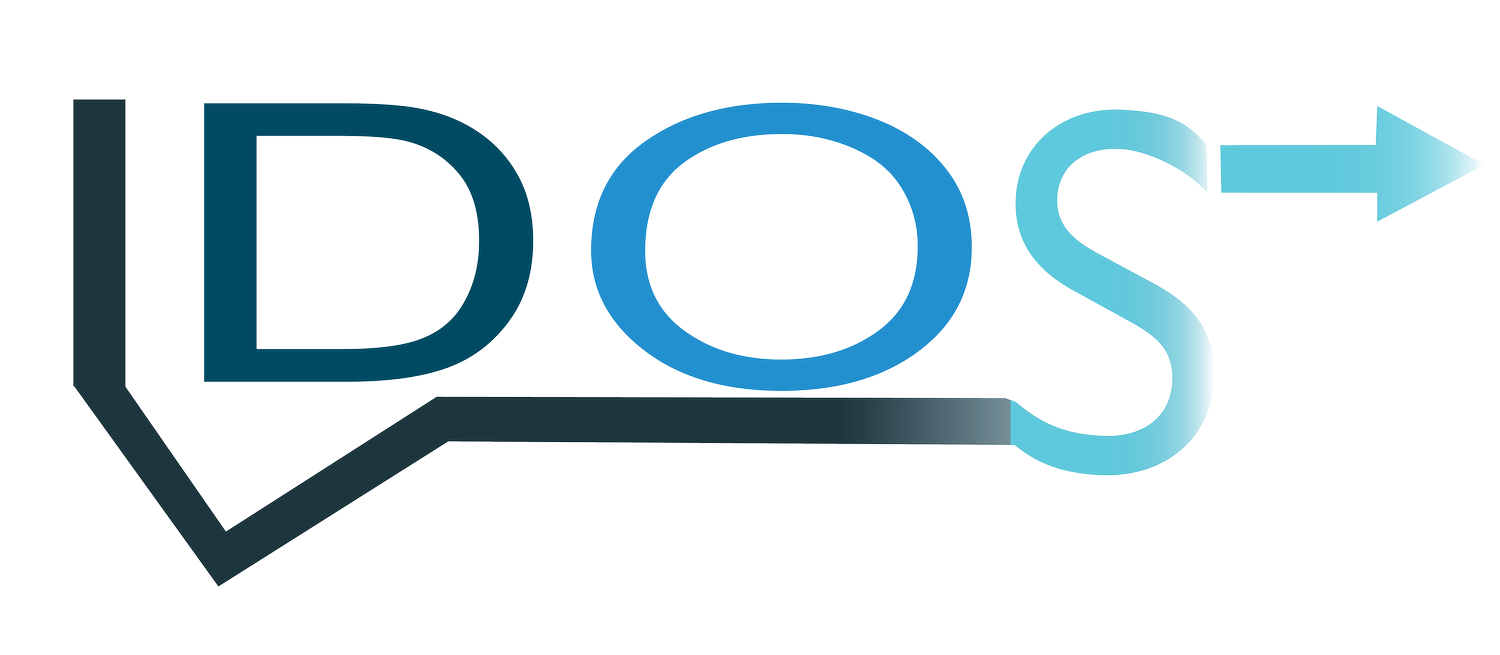PAPI, CAPI, CATI, and CAWI are different methods of conducting surveys in market research. Here's a more detailed definition of each method:
PAPI (Pen and Paper Interviewing): PAPI is a traditional survey method where a researcher administers a questionnaire on paper and records the answers manually. The interviewer is present with the respondent and reads the questions and records the answers directly on the paper. PAPI is often used when the target population has limited access to technology or is more comfortable with traditional methods of communication.
Pros:
Good for reaching respondents who are not comfortable with or do not have access to technology.
Allows for more detailed and nuanced responses, as respondents can write out their answers.
May be easier for older or less tech-savvy respondents.
Cons:
Data entry can be time-consuming and prone to errors.
Difficult to conduct large-scale surveys due to the manual data entry process.
May not be as efficient as digital methods.
CAPI (Computer-Assisted Personal Interviewing): CAPI is similar to PAPI, except that a computer is used to record the answers. The questionnaire is displayed on a computer screen, and the interviewer reads the questions and records the responses directly into the computer. CAPI is often used when a survey requires complex branching or routing, and when it is necessary to reduce data entry errors.
Pros:
Allows for complex branching and routing of questions.
Enables real-time data entry, reducing errors and increasing efficiency.
Can be used to conduct face-to-face interviews in the field.
Cons:
Requires specialized software and hardware, which can be expensive.
Interviewers may require extensive training to use the software.
Respondents may be less willing to answer personal questions on a computer screen.
CATI (Computer-Assisted Telephone Interviewing): CATI is a method of conducting surveys over the phone. A computer program displays the questionnaire on the interviewer's screen, and the interviewer reads the questions and enters the answers into the computer as the respondent answers. CATI is often used when the target population is spread out geographically, and when it is necessary to quickly gather large amounts of data.
Pros:
Allows for quick and efficient data collection from a geographically dispersed population.
Provides a cost-effective method for conducting large-scale surveys.
Can be used to reach a diverse population of respondents.
Cons:
Respondents may be less likely to answer the phone if they do not recognize the number.
May not be suitable for conducting surveys with lengthy questionnaires.
Limited ability to use visual aids.
CAWI (Computer-Assisted Web Interviewing): CAWI is a survey method that is conducted online, usually through a website or email. Respondents are sent a link to the online questionnaire, which they complete on their own time. The answers are automatically recorded in a database. CAWI is often used when the target population is tech-savvy, and when it is necessary to quickly gather large amounts of data from a geographically dispersed population.
Pros:
Allows for quick and efficient data collection from a geographically dispersed population.
Provides a cost-effective method for conducting large-scale surveys.
Can use multimedia and interactive elements to increase engagement.
Cons:
Requires respondents to have access to the internet and be comfortable using technology.
May be subject to response bias, as respondents can easily exit the survey without completing it.
Limited ability to use visual aids that require physical interaction.
In summary, PAPI, CAPI, CATI, and CAWI are different methods of conducting surveys that use different tools and technologies, and may be more or less appropriate depending on the research goals and target population. Each research method has its own set of advantages and disadvantages, and the choice of method depends on the research goals and target population. Researchers need to weigh the pros and cons of each method carefully before deciding on the best approach.
